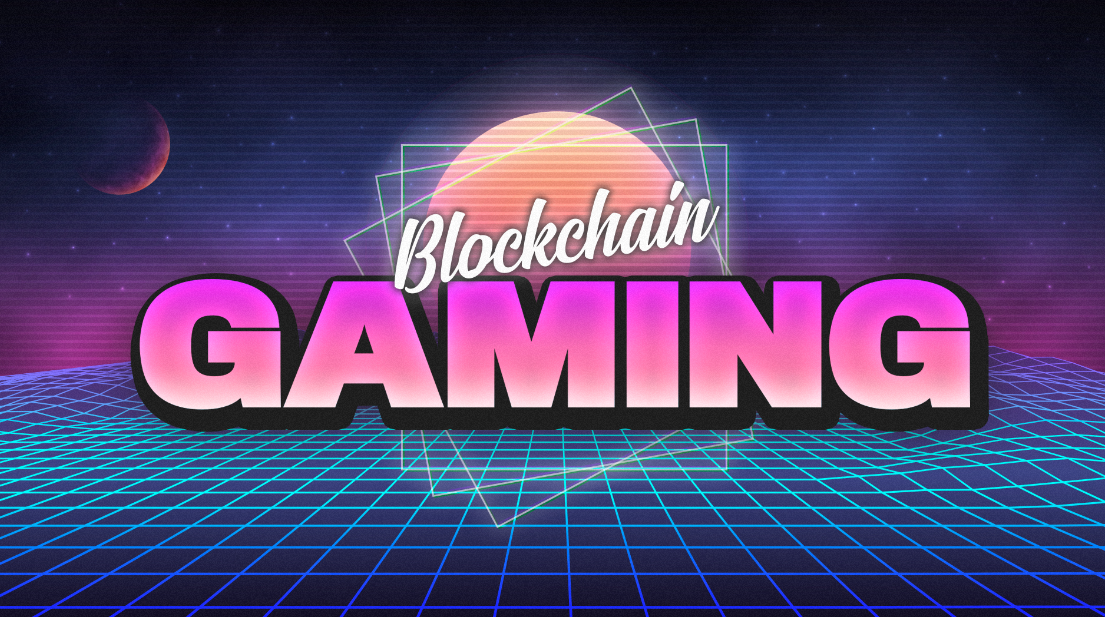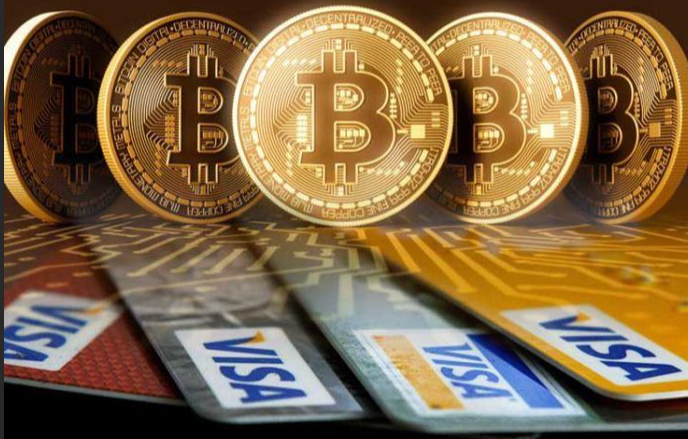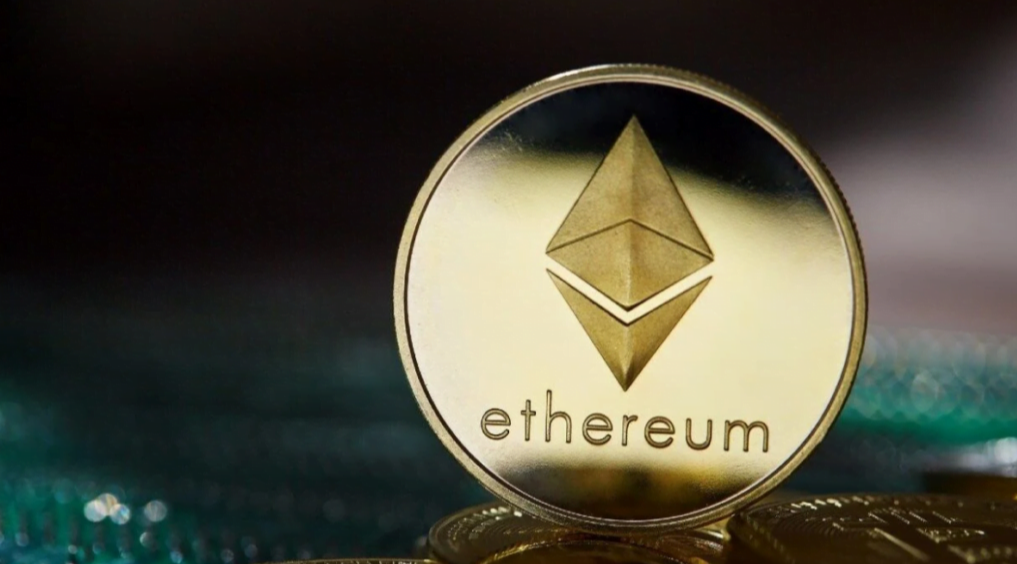Blockchain Gaming. Blockchain gaming is an emerging form of online gaming that uses the technology behind blockchain to secure and verify in-game data, like digital items, game history, and tokenized assets. Despite its potential to disrupt and replace traditional games, blockchain gaming is still in its early stages. A lack of developer activity and early trilemma solutions mean that mainstream adoption is some way off.
Decentralization
Blockchain gaming is a form of online entertainment that uses distributed ledger technology to offer greater transparency, security, and user control over in-game assets. These games often incorporate cryptocurrency payments and smart contracts to create innovative game mechanics.
Decentralized games are revolutionizing the gaming industry by offering a democratic and open platform for players. They give gamers full ownership of in-game items and digital identities. This allows players to trade, sell and use their assets outside of the game, which can create new revenue opportunities for developers.
These games also provide players with a sense of ownership and security, making them more likely to continue playing long after the game ends. As a result, blockchain-powered games can become more popular than their traditional counterparts.
For example, CryptoKitties is a blockchain-based game where players can breed and trade digital cats that have unique DNA traits. These kitsties are designed to increase in value over time, which helps to keep the game fresh and interesting for players.
Another blockchain-powered game is The Sandbox, a virtual reality game where players can use NFTs to build their own worlds, create communities and interact with others. These NFTs are traded on decentralized marketplaces with a corresponding token that is also in the player’s ownership.
This approach to ownership of in-game assets is a big shift from the conventional gaming model that relies on centralized servers and a top-down system to control game content and prices. It also eliminates the need for centralized server maintenance, which can lead to outages and poor performance.
Decentralized gaming can also help reshape esports, which is currently dominated by large corporations controlling the platforms, games and tournaments. By empowering amateurs and professionals, decentralized gaming could lead to huge growth in this field.
In addition to decentralized gaming, other innovations are transforming the gaming industry. The most popular of these are play-to-earn (P2E) games, which allow players to earn cryptocurrency rewards by completing objectives and leveling up.
Blockchain-based gaming also offers greater security and transparency, which can help to prevent fraud and hacking. As a result, it has become an attractive option for both game publishers and players. Many popular gaming platforms have already started implementing blockchain features, and more are expected to come on board in the future. These features will help to make blockchain-powered gaming more appealing to gamers and lower the entry barrier.
Smart contract automation
Smart contract automation is a decentralized process that allows parties to transfer assets based on predetermined conditions without the need for intermediaries. This makes it faster, cheaper and more secure than traditional systems.
This is a key feature of blockchain gaming that is changing the way the industry operates. It is an efficient means of transferring digital assets and managing transactions on a decentralized system. It eliminates the need for centralized servers and manual developer operations that could cause delays in development or increase security risks.
For example, a blockchain-based video game could use smart contracts to automate the start and settlement of rounds of games or draws. This helps ensure that games are executed at the specified intervals and without disruption, saving players time and money.
In addition to being faster and cheaper, a blockchain-based system of smart contract automation can also improve user experience. For example, a smart contract could be programmed to shut off access to internet-connected content if a payment is not received, eliminating the need for escrow agents and other third-party intermediaries.
Another key feature of smart contract automation is that it can help unlock a wide range of new use cases. For instance, a nonfungible token (NFT) can be used to authenticate ownership of digital assets, reducing the time and costs associated with buying and selling these items.
A blockchain-based platform can also be used to automate royalty payments for independent artists and musicians. This removes the need for middlemen to process these payments, resulting in faster payment times and reduced account payable costs.
One of the most promising uses for smart contract automation is to monitor decentralized money markets for undercollateralized loans. A smart contract can be programmed to automatically call the money market’s liquidation function if it detects that the collateralization ratio of open loans is falling below a predefined threshold.
This can protect the protocol from a catastrophic default, ensuring that users receive timely and accurate service. However, this requires that the off-chain automation network be decentralized and transparent in its selection of nodes to execute smart contracts.
Cryptocurrency rewards
Gaming is one of the first real-world use cases for blockchain technology. However, the mainstream gaming market is fragmented and has a long way to go before it fully adopts this technology.
In traditional games, the profits from in-game purchases are usually captured by centralized game studios. In addition, players often receive rewards that have little or no value outside of the gaming environment. In contrast, crypto games, also known as play-to-earn (P2E) games, offer in-game assets that can be traded for cryptocurrencies on marketplaces.
These games offer a tradable token rewards system, which allows players to earn in-game assets like weapons, vehicles, and skins. NFTs and other cryptocurrencies represent these in-game assets, making them valuable to players.
Cryptocurrency has become a popular form of payment for many online services and purchases, so it’s not surprising that gamers are using it to gain rewards in blockchain games. These rewards can be in the form of cryptocurrencies, or they can be a reward for completing quests or missions.
While these games are new, they are growing in popularity and are quickly becoming a major face of the broader blockchain and crypto industry. They are also a great way to encourage adoption of blockchain technology and crypto.
The cryptocurrency rewards in these games can be exchanged for real-world money or spent on the game’s platform to enhance the player’s experience. Some players also choose to stake their tokens, which provides additional benefits and support the game’s economy.
These tokens can be used to buy in-game items or even land pieces in a 3D metaverse. Staking a token can also help you earn more in-game currency, unlock special NFT drops, and increase your vote count for a platform’s governance.
As the number of players grows, it will become increasingly important for developers to create decentralized games. This will increase the game’s legitimacy and boost its appeal to both gamers and crypto investors.
This will also increase the game’s potential for monetization, as more people will be able to buy the in-game items they want and play more of the game. Some of these players will be willing to pay a small fee to stake their tokens and support the game’s development, allowing them to gain access to special rewards and NFT drops while playing.
Game economy
Game economies in blockchain gaming are based on cryptocurrencies and non-fungible tokens (NFTs). These assets can be traded for a range of different crypto currencies or used to exchange real-life money.
Unlike traditional games, which have centralized systems and economies, blockchain games are decentralized and live on their own servers. In this way, players aren’t subject to the whims of developers who can shut them down at any time. Instead, these games use the power of decentralized networks to create new and innovative ways for their players to earn rewards.
This opens up opportunities for developers to generate more income from their games than they can with traditional monetization methods, such as in-app purchases. In addition, they can offer players a variety of incentives to continue playing and promoting their games, which will help them attract more users and increase their revenue.
The game economy is a key component of blockchain gaming, and it’s also one of the most exciting aspects of this technology. It offers a wide range of benefits that will revolutionize the gaming industry as a whole.
Using these blockchain elements to generate new in-game currencies and assets is a revolution that has already changed the way gamers spend their money and interact with the gaming ecosystem. It’s a huge step forward in the gaming world and has created a brand-new digital economy that aims to give gamers real-world value for their investments.
In these games, players own a series of digital tokens, which they can trade or gift as they please. These tokens can be used to trade on a number of different markets, which means they’re completely open and accessible for everyone to use.
This freedom allows blockchain games to be more democratic than other games. For instance, players can vote on what changes should be made in a game. If the majority of players want to change something, they will be able to force developers to do it.
However, there are some limitations to the blockchain game economy that need to be overcome before it can be successful. These problems include scalability, speed, and connectivity. These challenges are actively being addressed by teams working on the development of next-generation blockchain gaming platforms.



